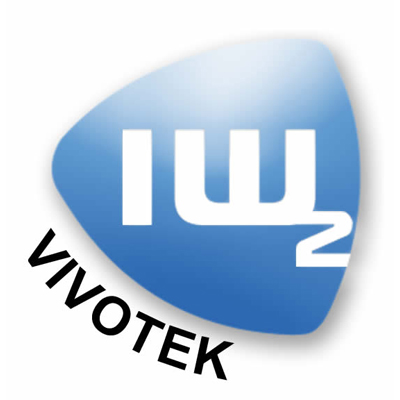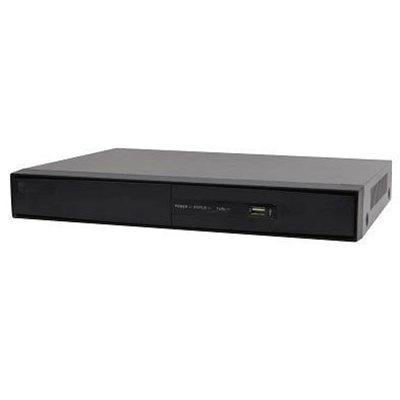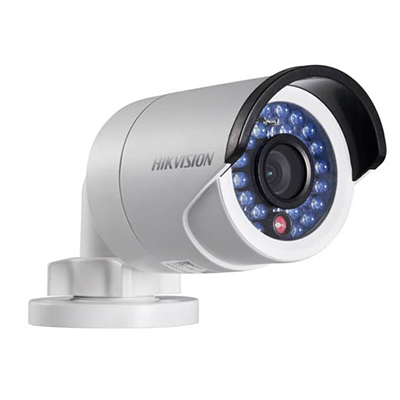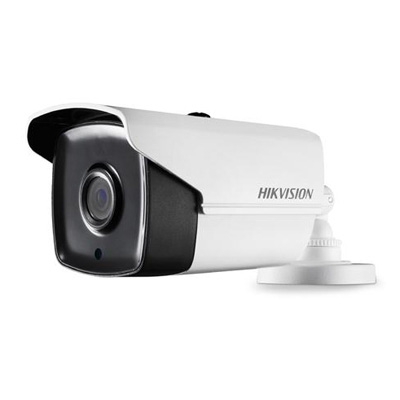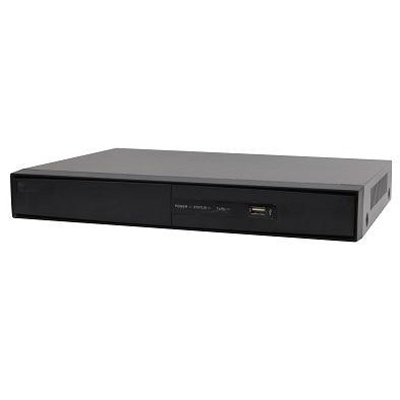Visualant, Inc., a leading provider of disruptive light-based technologies, announced recently the release of its ChromaID Scanner to a private team of engineers and scientists, enabling an advanced assessment of new portable identification, authentication and diagnostic applications that are a fraction of the cost and size of current systems used in their respective industries. Visualant will begin shipping its ChromaID Scanner and Software Development Kit (SDK) to engineers and developers around the globe early this Fall.
“We are eager to introduce a product that not only reduces costs, but also modernizes the current infrastructure of industries that increasingly need to rely on more accurate diagnostics and identification systems,” said Ron Erickson, President and CEO of Visualant. “From laboratory testing, biometric access to identity management and quality control, with our patented ChromaID technology, these processes become as simple as snapping a digital photo, with a portable configuration about the same size of a camera lens embedded into today’s smartphones.”
Recent studies show that disruptive photonic technologies are the innovation catalysts for several multi-billion dollar industries. According to the “Optics and Photonics: Essential Technologies for Our Nation” report published by the National Research Council of the National Academies, optics and photonics technologies have tremendous potential to enable entirely new innovations that create high-volume, high-value solutions in the areas of manufacturing, communications, information, medicine, defense, security, and energy.
“The ChromaID Scanner and SDK will give engineers an opportunity to explore firsthand the many potential applications of ChromaID in their industry. ChromaID takes substance identification out of the lab and into daily life, spawning a wave of new consumer and industrial applications,” said Erickson. “Putting this disruptive technology in the hands of the brightest people at the world’s most innovative companies presents a tremendous opportunity for the creation of applications across a variety of industries. Already, our beta users are surprising us with exciting applications.”
The ChromaID Scanner shines Visualant’s patented structured light –- light at specific ultra-violet, visible, and near-infrared wavelengths –- on substances and materials, then records the reflection, resulting in a unique identifier of the sample called ChromaID. The included ChromaID Lab software allows users to calibrate each scan, and to record, review, and interpret the results according to their needs.
The portability and capability of the ChromaID SDK will support developers in creating new products featuring hand-held, real-time identification of virtually any substance or material. Potential applications include pollution control, drug detection, identity verification, counterfeit detection, medical diagnosis, and much more.








